Northern beaches’ growing pains: Keep developing or put up ‘house full’ sign?
CAN Sydney’s northern beaches keep growing sustainably to cope with the expected 18 per cent population increase by 2036?
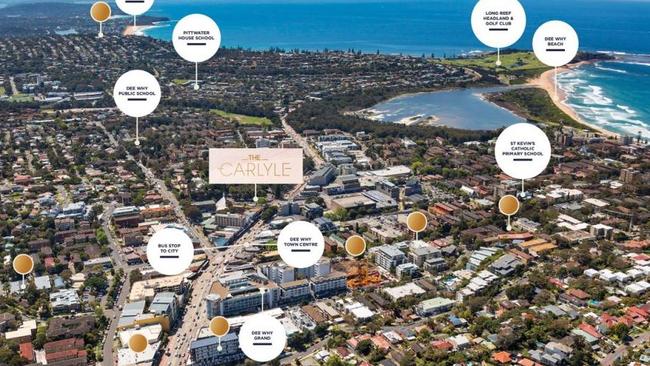
Manly
Don't miss out on the headlines from Manly. Followed categories will be added to My News.
IT’S the hot-button issue facing planners and lawmakers which will forever shape the lives of residents on the northern beaches.
How can the region keep growing sustainably to meet an expected 18 per cent population increase to just under 300,000 people by 2036, or should the ‘house-full’ sign go up now?
Northern Beaches Mayor Michael Regan is leaning towards the latter.
“I think we’re almost at that point now – and many would argue we’re already there,” he said.
“We just don’t have the public transport to cope with massive growth. We have the Spit and Roseville bridges, and that’s it. They are the only ways in and out.
“It’s lovely that people want to live here, but there’s no point living here if you can’t get out of here or to work.”
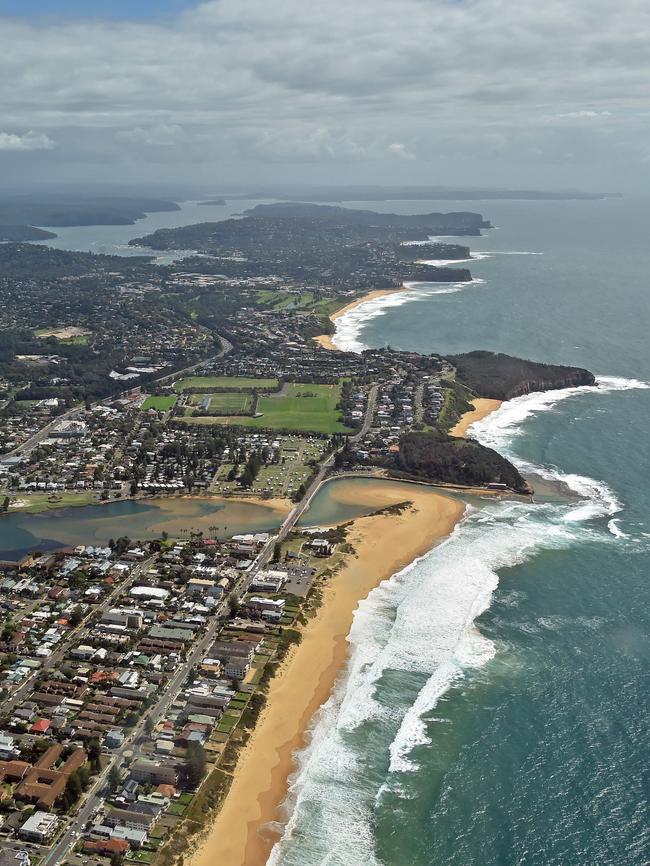
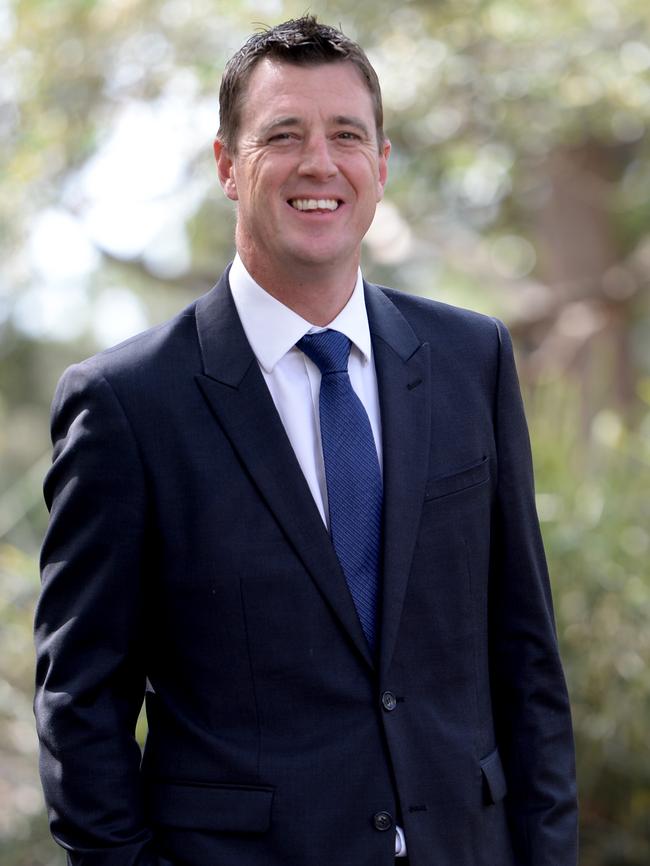
His comments follow Warringah MP Tony Abbott’s recent call for a halt on all rezonings and major new development until better infrastructure is in place in the region.
“The message coming back from the community in a nutshell is ‘we are full and we are fed up’,” he said.
The NSW Planning Department’s projections show an extra 15,800 homes will need to be built in the region to accommodate the extra residents. And the northern Sydney health district, which includes the northern beaches, will have to serve 31 per cent more people by 2036.
One of the region’s leading real estate agents, Mark Novak, says growth and a facelift should be welcomed in “rundown” suburbs such as Dee Why.
“People need to understand that no development in Dee Why is also undesirable,” the Novak Properties principal said.
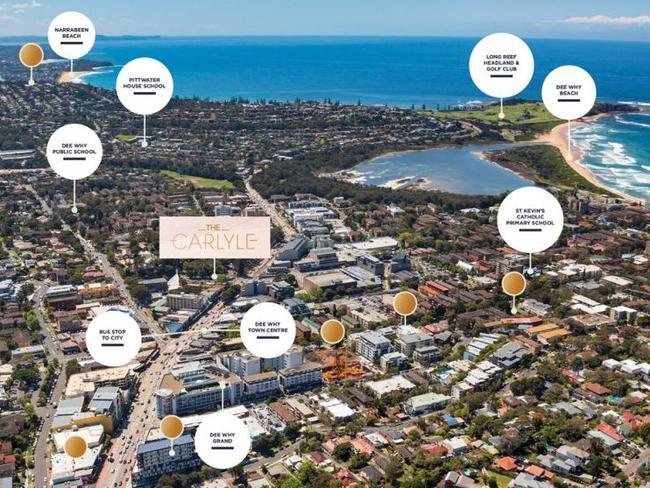
“I say to the critics that you either have this shanty town centre that everyone bags as being ugly, or we finally get this progress which needs to bloody happen.
“We need to cater for what people want now and in the future, and that means putting in more hotel-style apartments.”
Mr Novak’s family has been in the real estate industry for five decades on the northern beaches. His Dee Why-based company manages over $2 billion worth of residential and commercial property in the region.
“Councils which need to accommodate greater density close to a CBD are catering for what people want, and our locals need to recognise this,” he said.
“There is a balance with everything, but we need to turn the derelict sites around our region into something quite beautiful. We have a window of opportunity now to modernise and add green belts and nature areas. It’s not just about creating a concrete jungle.”
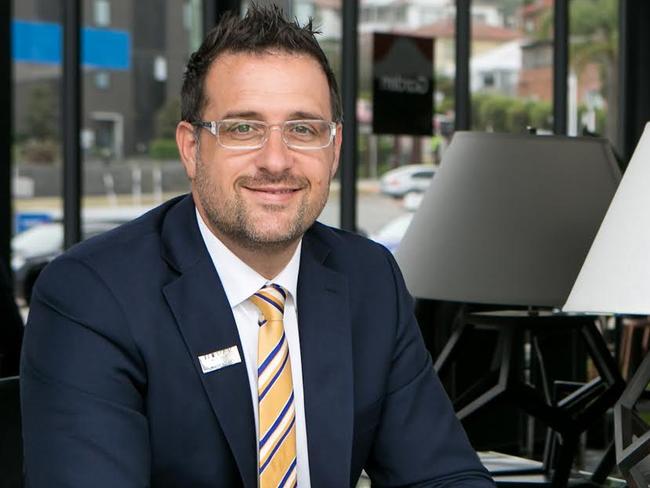
Mr Regan said there was “very limited growth potential” on the northern beaches because “there is no train line”.
“It’s that simple,” he said.
Mr Novak said Dee Why was long overdue for a revamp in apartment-style living.
“Dee Why has been sitting at 8000 units for about 40 years and when our current DAs are built out, we may be lucky to be sitting at 8800. So we haven’t even grown by 10 per cent in that suburb in all that time,” he said.
“The empty-nesters and certain segments of the market want this boost of spunky new luxury apartments, something you get with a development like The Carlyle.
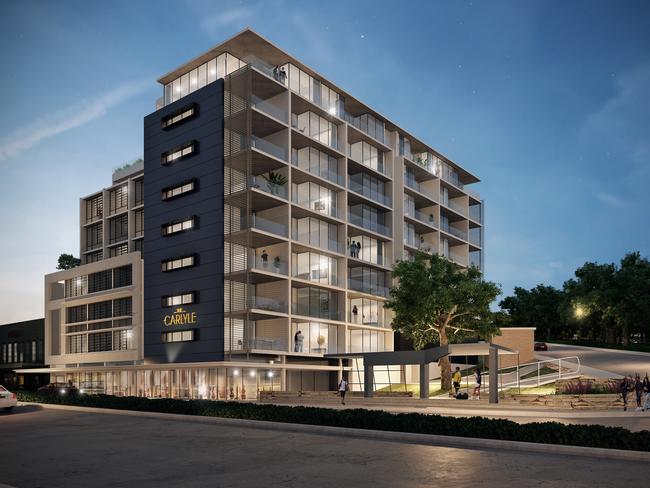
“People are now prepared to forgo land size in preference of owning smaller properties with hotel-style finishes and little lawn. It’s part of the new great Australian dream.
“So it makes sense to modernise and grow the region to meet this new demand.”
DA TURNAROUND BOOST FOR MANLY MUM-AND-DAD DEVELOPERS
NORTHERN Beaches Council has become one of Sydney’s top-performing councils for turning around development applications after its planning department overhauled the process for frustrated Manly mum-and-dad developers over the past 18 months.
New data shows the council has reduced the average time it takes to make a DA determination in Manly since the three-way merger with Warringah and Pittwater in May 2016.
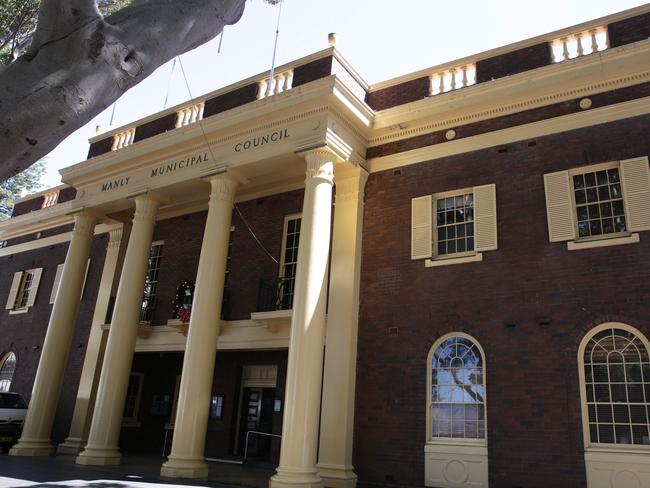
The former Manly council was taking a whopping 105 days to decide on DAs in 2014/15, before improving to 64 days by the end of the 2015/16 financial year as the amalgamated council overhauled.
Average DA approval times in Manly then fell to just 52 days in 2016/17, much better than the state average of 71 days.
DA LEADERBOARD (average approval times)
1. Wollondilly (29 days)
2. Camden, Campbelltown, Hawkesbury (39 days)
3. Canterbury-Bankstown (42 days)
4. Northern Beaches, Randwick, Waverley (52 days)
5. North Sydney (57 days)
6. The Hills (62 days)
7. Bayside (64 days)
8. Hornsby (65 days)
9. Parramatta (76 days)
10. City of Sydney, Ku-ring-gai, Mosman (78 days)
11. Inner West, Penrith (79 days)
12. Blue Mountains (85 days)
13. Ryde (89 days)
14. Willoughby (90 days)
15. Woollahra (112 days)
16. Cumberland (125 days)
* Fairfield (25 days), Blacktown (39), Liverpool (47), Lane Cove (50)
Note: Council performance is based on the average number of days it took for approving DAs in 2016/17. * Fairfield, Blacktown, Liverpool and Lane Cove Council’s data is for 2015-16.
Northern Beaches Mayor Michael Regan said the secret to the new council’s success was “communicating better” with residents.
“Mum-and-dad developers shouldn’t be discriminated against because they aren’t a property developer,” Mr Regan said.
“Manly had limited resources in its planning department and the amalgamation means we now have better resourcing to improve the time it takes making decisions on DAs.
“One of the keys to fast-tracking the process is having a pre-DA meeting with council where you get told by a town planner exactly what they need, why they need it, and clarifying any planning language you don’t understand. This saves a lot of time and money.”
The latest DA data – which the State Government uses as a key measure of council performance – showed there was little change last year in the average DA approval times in Warringah and Pittwater since 2015 when it was 52 and 44 days, respectively.
“The reason that Pittwater performed so well was that they included their tree applications into the DA mix, and these can be done inside a week,” Mr Regan, the former Warringah mayor, said. “It distorted the average turnaround times.”
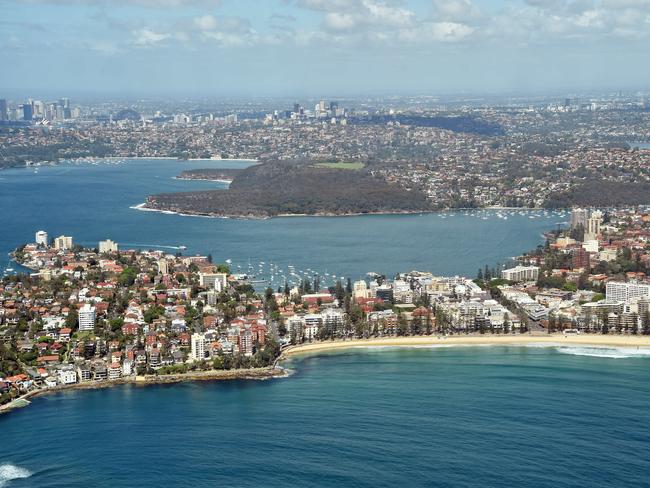
Northern Beaches Council received 1894 DAs in the 2017 calendar year and made just over 1900 determinations, which included applications lodged in late 2016.
The council will need to keep improving to meet tough new government benchmarks. Premier Gladys Berejiklian has set a target of 90 per cent of housing approvals to be determined within 40 days by 2019.
In the week when the government rolled out new independent planning panels across Sydney, Mr Regan said he was “very comfortable” with the change in which decisions on developments valued at between $5 million and $30 million will be taken out of councillors’ hands to reduce the risk of corruption.
“Independent planning panels worked well at the former Warringah council since 2005 where DAs valued at over $1 million were assessed,” he said.
“The community’s satisfaction with independent panels is 80-90 per cent. We’re living proof that it works, but my only concern is that they are expensive and the government expects us to pay for it.”
The government has forecast a cost of the Independent Hearing and Assessment Panels (IHAPs) – which came into effect on Thursday – at $100,000 a year to councils.
“It’ll be much more than that,” Mr Regan said. “That might be an initial cost, but it’ll definitely be higher.”
A SIMPLE GUIDE TO DEVELOPMENT APPLICATIONS
Click here for the State Government’s ‘5 stages to faster, more efficient assessments’
Local government (council)
■ Minor, low-impact home, shop or business improvement projects, known as “exempt development” or “complying development”, don’t require planning or building approval. Other developments need consent and a form must be lodged with your local council, alongside a development application.
■ City planning officers determine the majority of DAs under delegated authority of council.
■ Across NSW, council staff currently make about 69 per cent of all DA and complying development certificate determinations. Councillors were making about two per cent of the DA decisions but from March 1 they will make none.
■ The fees for DAs are mandated under the Environmental Planning and Assessment Regulation 2000, and range from $110 for developments up to $5,000 to $15,875 for developments over $10 million (plus an extra $1.19 for each $1,000 or part of $1,000 by which the estimated cost exceeds $10 million).
■ Many NSW councils offer an online application tracking service.
■ Complaints about the general administrative conduct of councils, councillors and council staff can be made to the Office of Local Governmentor the NSW Ombudsman, while complaints about alleged corrupt conduct of councillors or council staff can be made to the Independent Commission Against Corruption (ICAC).
Independent Hearing and Assessment Panel
■ DAs with a dollar value of over $5 million but under $30 million to go before a mandatory Independent Hearing and Assessment Panel, known as an IHAP, from March 1.
■ IHAPS also deal with:
● DAs where the applicant or owner is the council, a councillor, councillor’s family member, council staff member, or a state or federal MP;
● DAs that get 10 or more objections;
● DAs accompanied by a voluntary planning agreement;
● DAs seeking to depart by more than 10 per cent from a development standard; and
● applications associated with a higher risk of corruption (that is, residential flat buildings assessed under SEPP 65 and demolition of heritage items).
■ All meetings are open to the public and will be recorded and made publicly available.
■ All IHAPs will have: a chair approved by the minister for planning with expertise in law or government and public administration (casting vote), two independent experts chosen by the local council from a pool approved by the minister, and one council-appointed community member who represents the council ward in which the development is to take place.
Sydney Planning Panels
■ Five independent Sydney Planning Panels make decisions about significant
development proposals in their region.
■ Currently, the projects they assess are valued over $20 million but from March 1 that threshold will be increased to $30 million.
■ The panels also act as the relevant planning authority in some decisions when directed by the Minister for Planning or the Greater Sydney Commission, undertake rezoning reviews, and provide advice on planning and development matters when requested.
■ New planning panel chairs are: Carl Scully (Sydney Eastern City Planning Panel), Justin Doyle (Sydney Western City Planning Panel), Professor Helen Lochhead (Sydney South Planning Panel), and Peter Debnam (Sydney North Planning Panel). The new chair of the Sydney Central Planning Panel is in the final stages of appointment.
